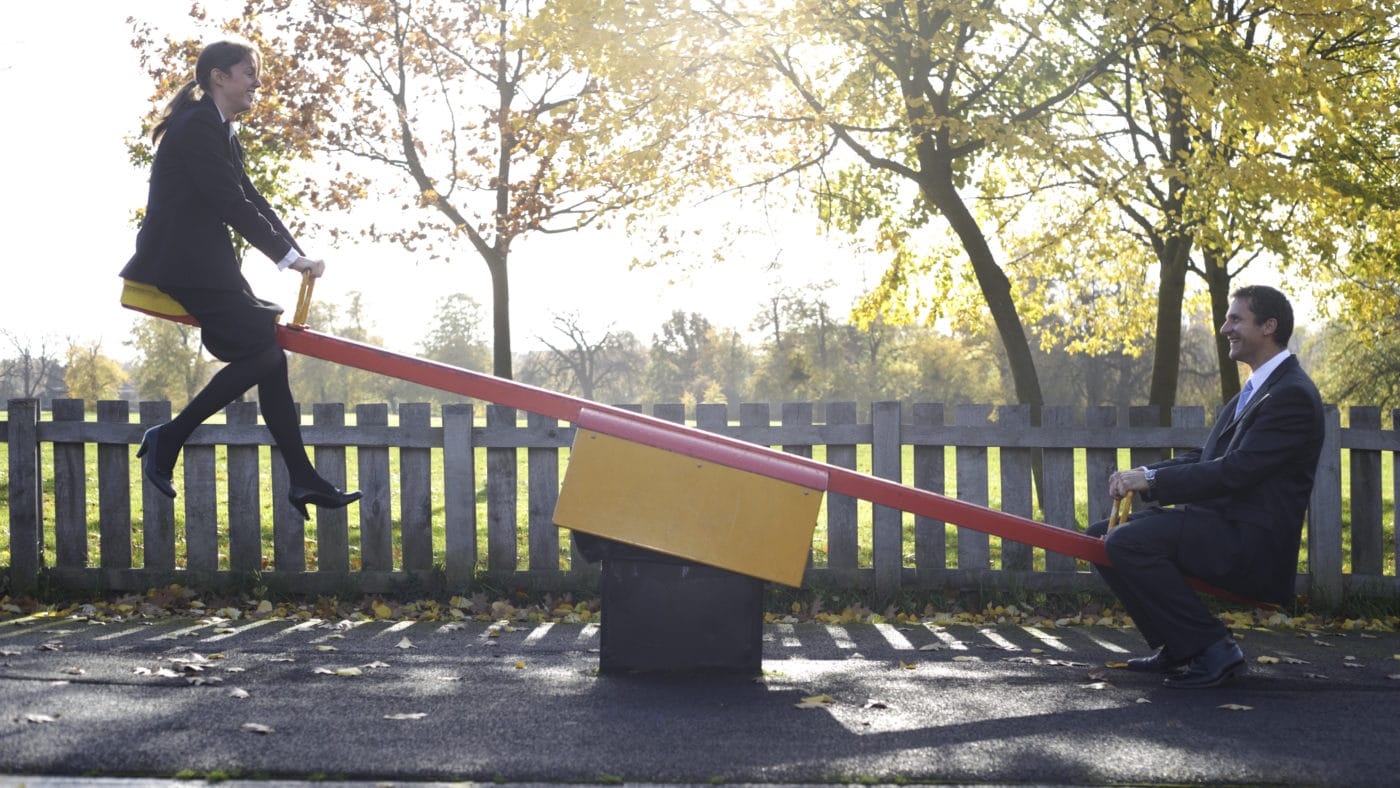One of Labour’s New Year attack lines is that the Government is engaged in ‘sticking plaster politics’, patching up problems with often expensive quick fixes because the fundamental issues haven’t been addressed. It’s an effective slogan, not least because it has the merit of being true – indeed, I’ve written about ‘government by stopgap’ on these pages before.
But we could also characterise this short-termist approach as ‘see-saw politics’. because so much of what the Government is doing is about correcting or adjusting to deal with the consequences of its own policies.
One of the clearest examples of see-saw politics is the Northern Ireland Protocol, where a frequently changing cast of ministers have been scrabbling to rewrite, adjust and forestall the consequences of an agreement pretty much since it was signed by their own Conservative colleagues.
Or take corporation tax, where Rishi Sunak’s model has been the exact opposite of the one George Osborne brought in. Where Osborne prioritised low corporation tax rates and miserly capital allowances, Sunak has ramped up both, so firms are paying a much higher headline rate, but also have the chance to write off a lot more long-term investment.
Indeed, tax policy over the last 13 years resembles not so much a see-saw as a rollercoaster, with constant additions, exemptions, new allowances and fiddling about at the edges. CapX contributors often complain of sky-high tax rates, but endless chopping, changing and extra complexity are a burden of their own.
Then there’s immigration, where Boris Johnson’s laissez-faire approach has led to a huge surge in net migration. Now it falls to a new Tory PM to bring those numbers down, with talk of ‘crackdowns’ on student visas and bringing family dependents to the UK.
Some of the see-sawing goes back further still though. The massive spending on energy subsidies we’re now seeing is in no small part thanks to successive governments of different parties failing to build enough gas storage or nuclear, not updating our old, poorly insulated housing stock and so on.
Similarly, the decision to run the NHS ‘hot’ with a relatively low number of beds may have been a New Labour strategy, but it was never repudiated by the Conservatives, who now find them throwing ever more cash at a service that is fundamentally ill-equipped for the Covid-addled, ageing population it serves.
And politically, as our editor-in-chief has argued elsewhere, the era since 2010 has really been one giant see-saw. Brexit, Mayism and Boris’ big state Toryism and Liz Truss’ short-lived political bonfire were not just changes of tactics, but an evisceration of what the party represented for a decade under David Cameron. That reflects not just policy but personnel – look at Cameron’s post 2015 election Cabinet and marvel at how tiny a number are in Cabinet today.
All of this constant to-ing and fro-ing makes for a party whose brand is very difficult for voters to pin down. It’s not Rishi Sunak’s fault he’s the fifth PM in the space of six years, but it is his unenviable task to try and give the public a sense of what the Tories are actually for – and quickly.
Click here to subscribe to our daily briefing – the best pieces from CapX and across the web.
CapX depends on the generosity of its readers. If you value what we do, please consider making a donation.


